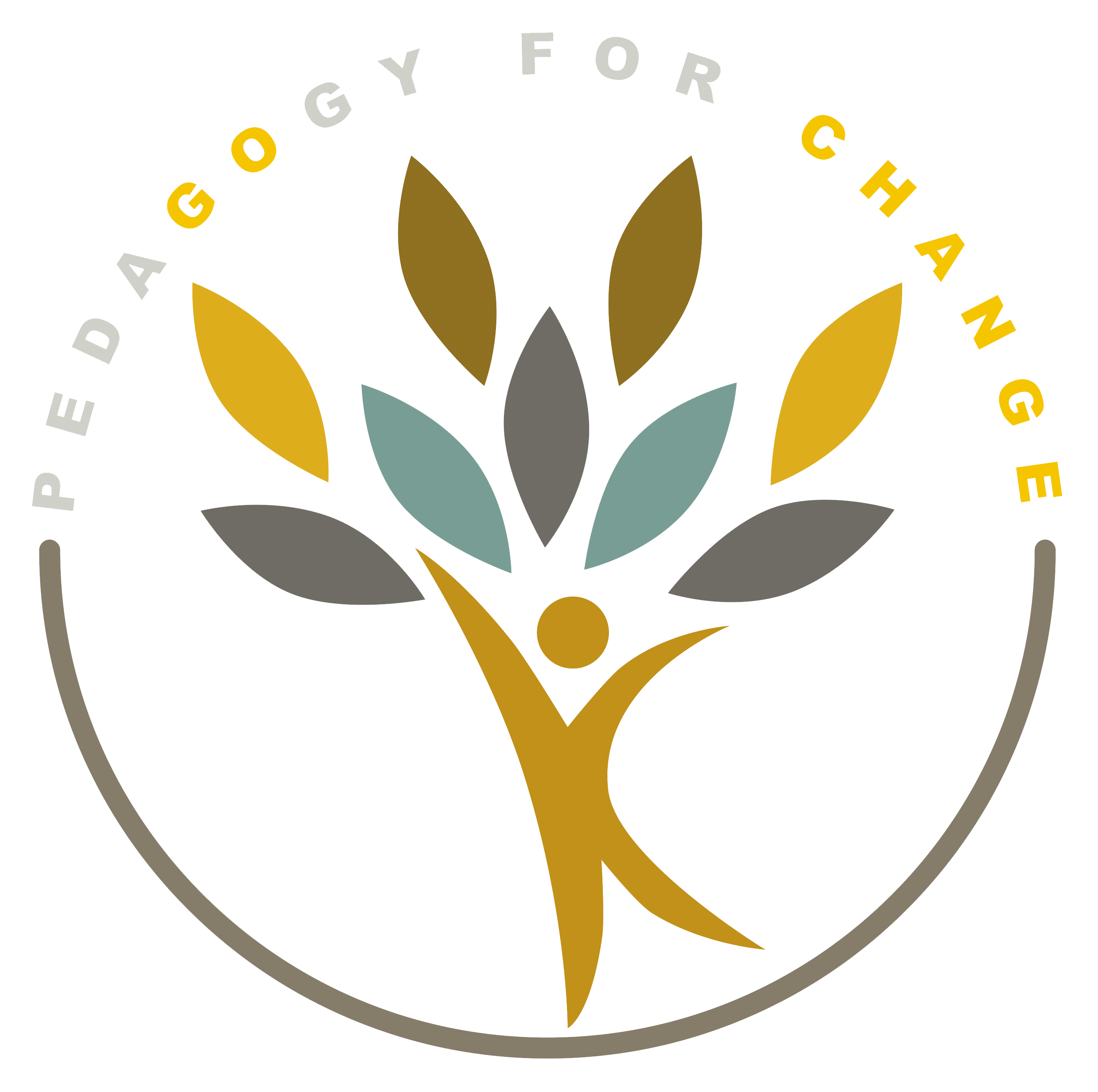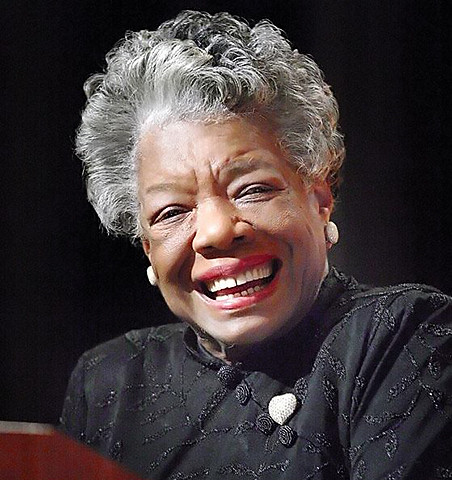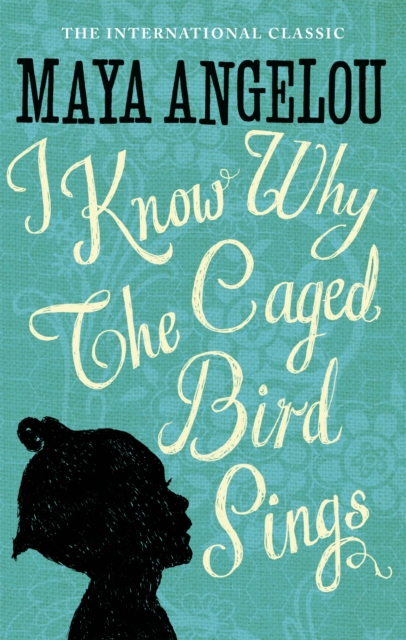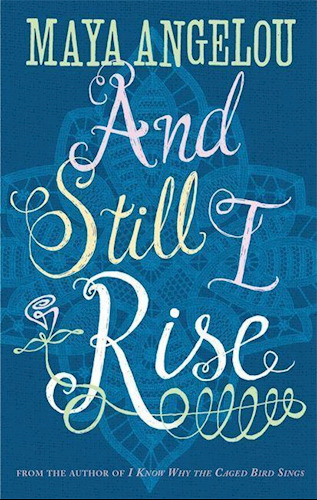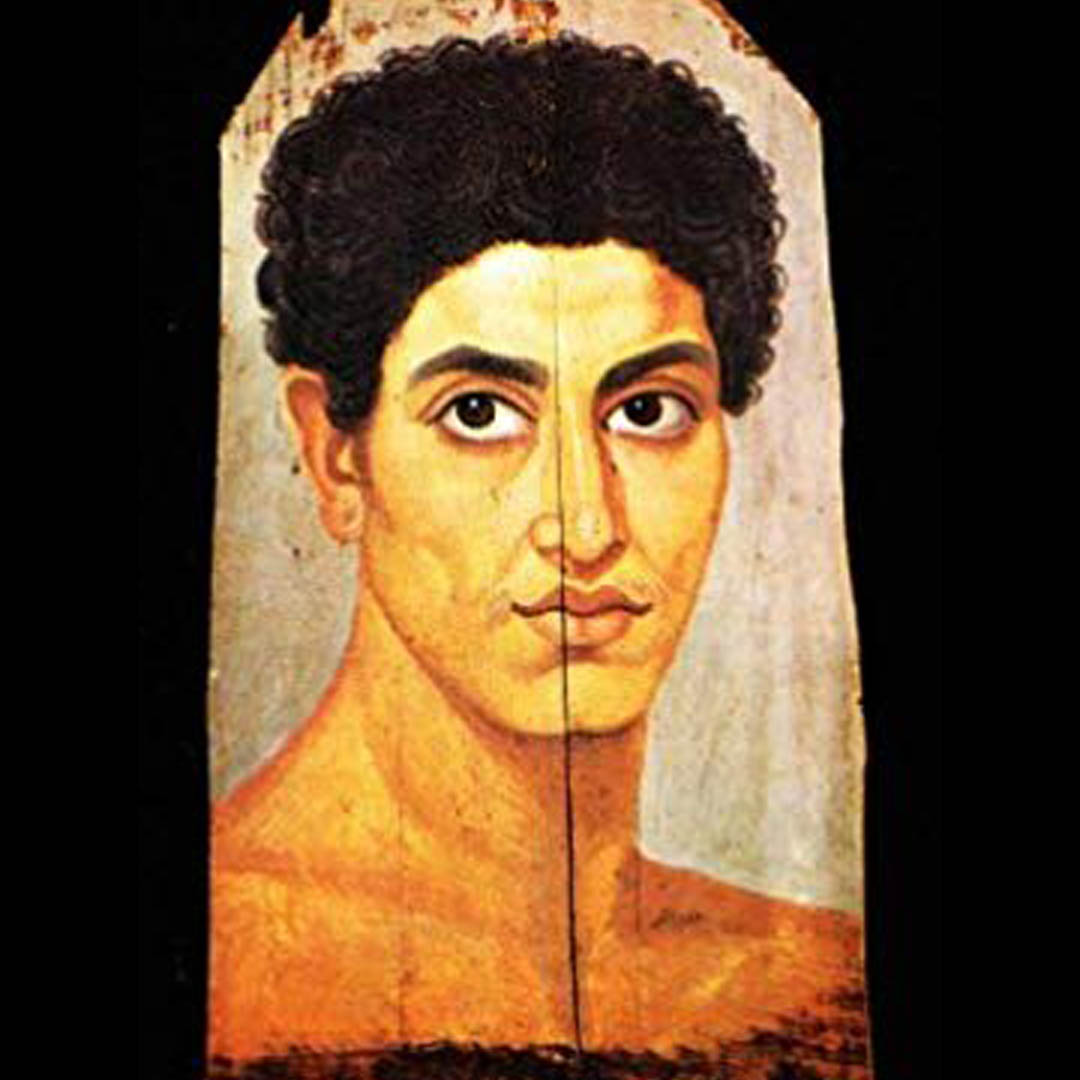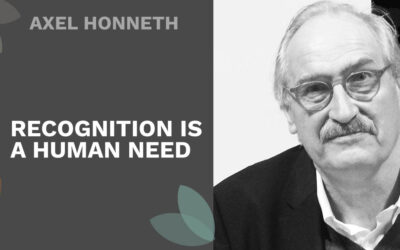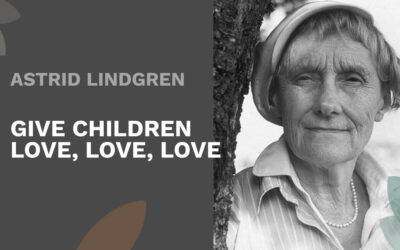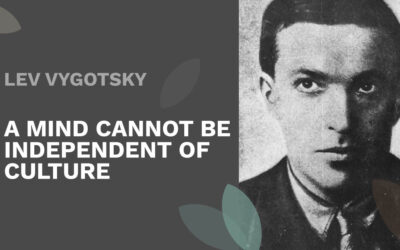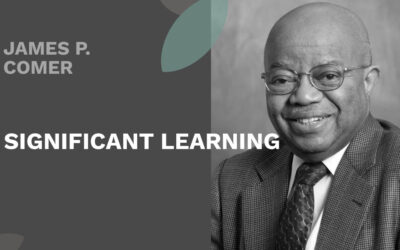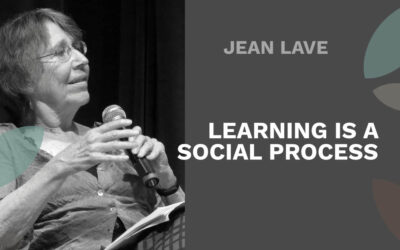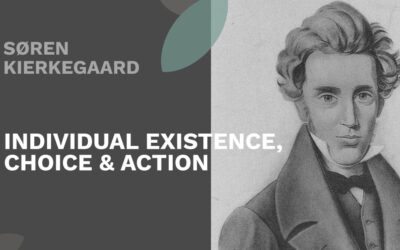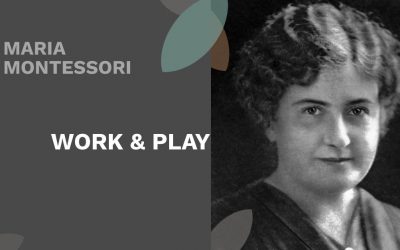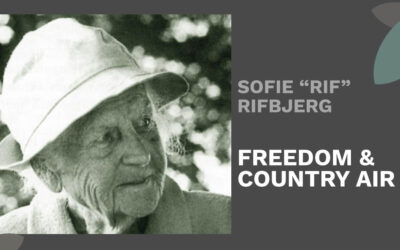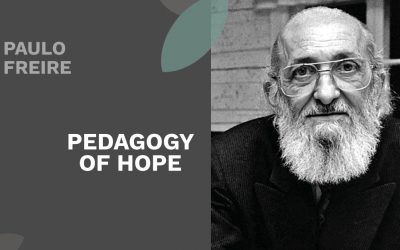





Maya Angelou
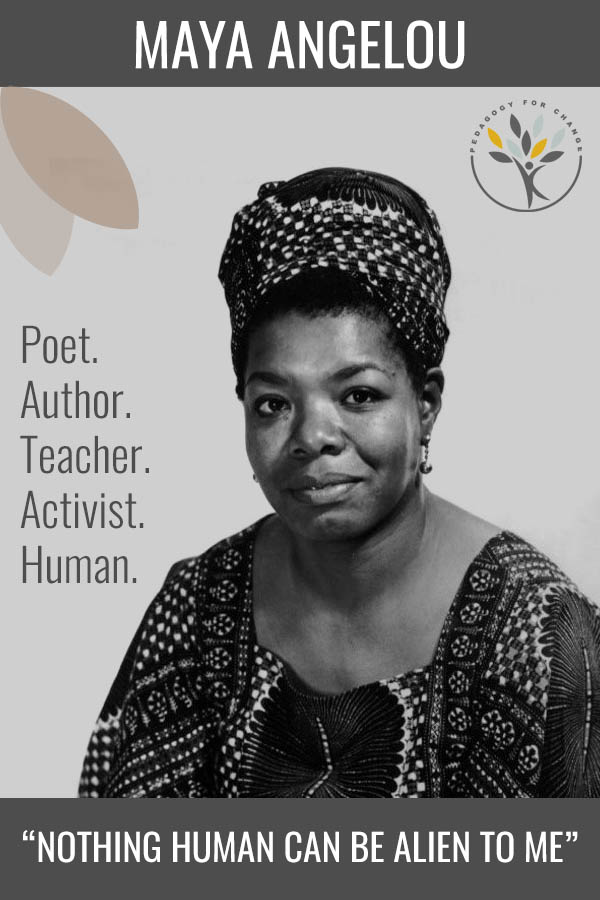
Maya Angelou was an exceptionally versatile human being who continues to influence past and current generations with her variety of works as a poet, author, human rights advocate, feminist, and teacher. As practitioners of social pedagogy, or as educators, we can learn a lot from her example.
Maya Angelou grew up in Stamps, Arkansas, USA. Here, she witnessed the racism that defined the Jim Crow American South of her youth and cultivated the dignity and her own brand of quiet strength that would mark her writing and her activism for the rest of her life.
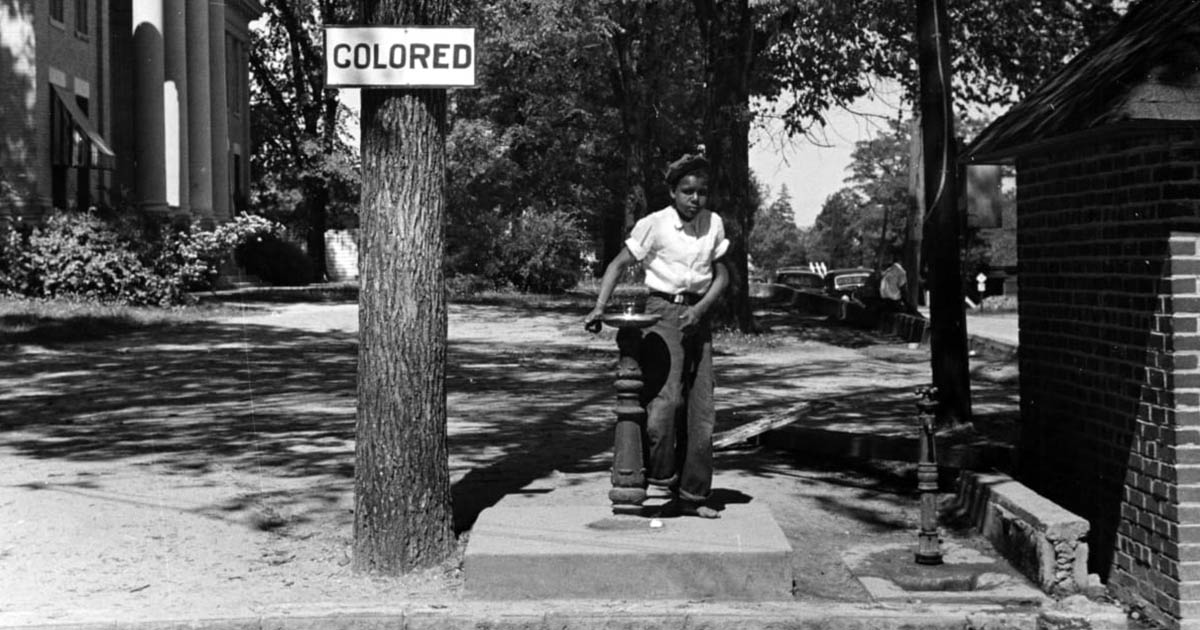
Coming of age, Angelou became a voice for women and the Black community, receiving respect, and admiration for her honesty. She generously shared her own experiences and let people understand that she knew about their traumas: “There is no agony like bearing an untold story inside you”. Through her straightforward style of writing, she talked about painful issues and dilemmas in a way that has deeply moved her readers.
Through her works and teachings, Maya Angelou has taught many people that confidence and being comfortable in your own skin, no matter what life throws at you, will serve you well. Through her writings, she has given people the freedom to think about their history in a way they never had experienced before. By her own example, Angelou showed that there is power and grace in facing adversity head-on.
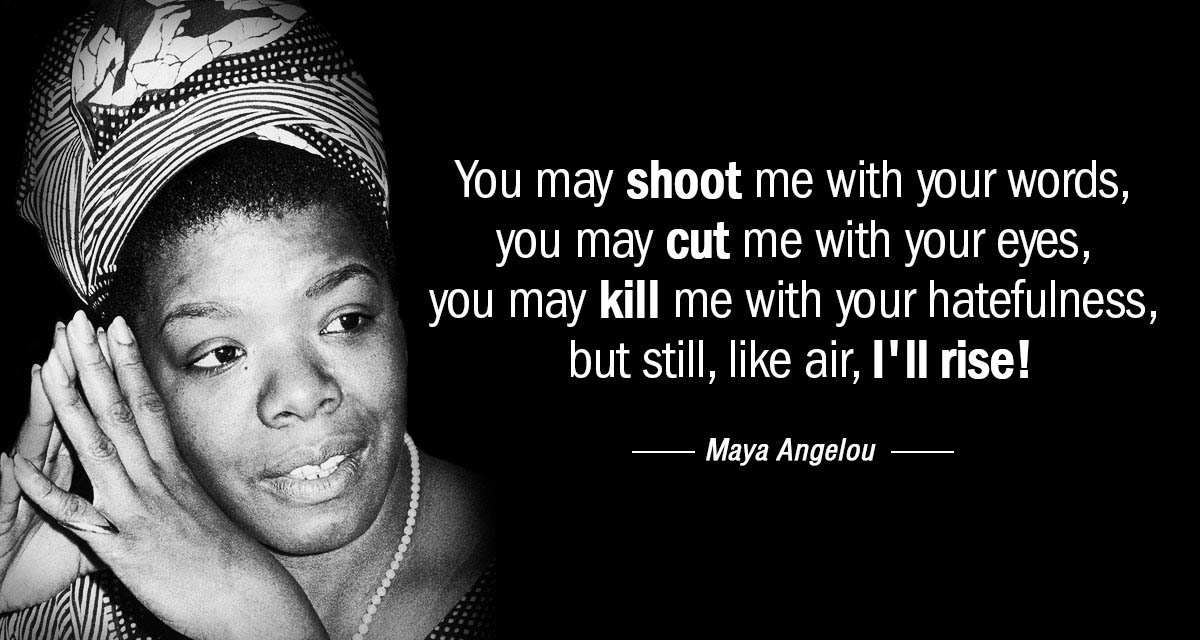
Childhood trauma and selective mutism
Despite her extraordinary gift of expressing relatable emotions through language, Angelou did not speak for five years when she was a child. At the age of eight, she was sexually abused. Her rapist was found guilty but spent only a single day in jail. After his release, he was beaten to death. Consequently, little Maya simply stopped speaking. “I thought, my voice killed him,” Maya Angelou wrote in her first autobiography, I Know Why the Caged Bird Sings, “I killed that man because I told his name. And then I thought I would never speak again, because my voice would kill anyone.”
Maya Angelou’s family chose never to speak of the rape and subsequent murder. That’s how they dealt with the traumatic incident. So, despite having a loving family around her, young Maya was left to deal with the trauma on her own. She chose silence. “For nearly a year, I sopped around the house, the store, the school, and the church,” she writes in the 1969 memoir, “like an old biscuit, dirty and inedible.” Little Maya was depressed and withdrawn, but she remained an avid reader who loved literature thanks to her visits to the local library.

The pedagogical power of poetry
It was a teacher that finally made it possible for Maya Angelou to start speaking again: Mrs Bertha Flowers.
Mrs Flowers left a profound impression on young Maya, who was charmed by the teacher’s style and infinite grace. So, when Mrs Flowers spoke, Maya listened. Eventually, her teacher’s patience and perseverance broke through Maya’s long silence by taking advantage of her student’s love for poetry. “You do not love poetry, not until you speak it”, she claimed, thus challenging Maya to read poetry aloud. Initially resisting her teacher’s efforts, Maya finally started reading poems out aloud. At age 13, Maya Angelou gradually began speaking again, by reading poetry aloud, initiating her road to recovery.
The experience and wisdom of that exceptional teacher, Mrs Bertha Flowers, made a profound impact on the life of Maya Angelou. The attention and humanity this exceptional teacher showed for her withdrawn and neglected student, made all the difference.

Learning important life lessons
Growing up in the rural town of Stamps, Arkansas, young Angelou learned many important life lessons from her teacher’s way of dealing with life. She generously invited a vulnerable student into her home to enjoy homemade cookies and lemonade and shared her favourite stories with her. In her coming-of-age book, Maya Angelou explains how Mrs Flowers told her to be “intolerant of ignorance but understanding of illiteracy”.
Also, Maya started to reflect on the miracle of language as Mrs Flowers explained to her that “language is man’s way of communicating with his fellow man, and it is language alone which separates him from the lower animals.” These early lessons, based on humanity, remained with Maya Angelou forever.
Read the moving passage about Mrs Bertha Flowers in Maya Angelou’s famous autobiography I Know Why the Caged Bird Sings here.
Because of the intervention of one humanitarian teacher, silent and depressed Maya turned into a self-assured and vibrant young woman. As a high school student, she studied drama and dance and became a professional dancer, performing in Broadway shows. At age 27 she wrote and recorded a calypso record. It was during this time that she changed her name from Marguerite Johnson to Maya Angelou.
Literary career
Maya Angelou went on to write many books about her life and the people she encountered. Her books reflect the different social and cultural worlds that she navigated, especially as a ground-breaking Black poet with a great command of language. She switched between General American English and African American English effortlessly. Every word Angelou wrote was a careful choice between one type of English or the other. Her humanity, honesty, and profound knowledge of the power of language are reasons why her stories resonate with so many people.
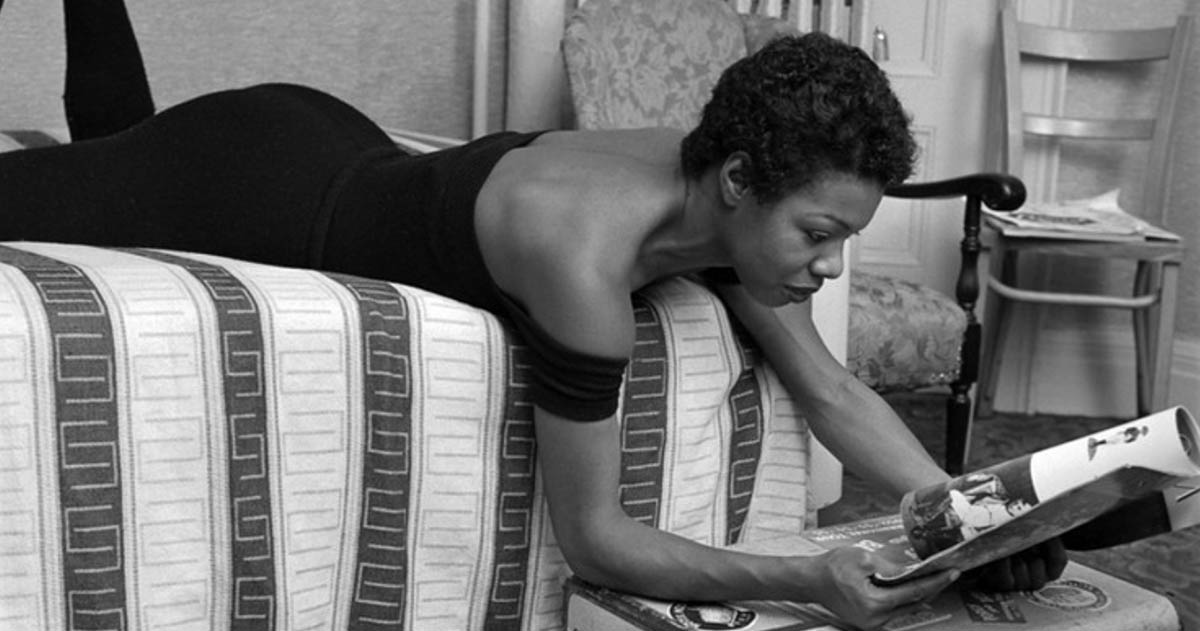
Maya Angelou teaching
Although Maya Angelou never received formal training as a teacher, intuitively, she always was one. Her interest in passing on valuable lessons to others took shape already in her youthhood when Maya’s mother instilled in her: “When you get, give. When you learn, teach. That will take you all over the world!” And it did. Angelou’s career and life choices took her on many travels and adventures, for example as a dancer in “Porgy and Bess” where she toured 22 European countries. She explored the continent of Africa and lived with her son in Egypt and Ghana.
When Angelou was offered a lifetime professorship at Wake Forest University as a professor of American studies, she accepted. It was here that she discovered her passion for teaching:
”I found after teaching one year that I had misunderstood my calling. I had thought that I was a writer who could teach. I found to my surprise that I was actually a teacher who could write.”

“I am a human being.”
Throughout her career, Maya Angelou has always talked about the human condition. ”With Dr. Angelou, every class was ‘Being Human 101’” noted one of her students.
“All my work, my life, everything I do is about survival, not just bare, awful, plodding survival, but survival with grace and faith. While one may encounter many defeats, one must not be defeated,” Angelou said.
Over the years, Angelou has taught a variety of humanities courses, including “World Poetry in Dramatic Performance,” “Race, Politics and Literature,” “African Culture and Impact on U.S.,” “Race in the Southern Experience” and “Shakespeare and the Human Condition.”
In an interview from 2017, Maya Angelou explains that at core of her lessons she has always had the saying: “I am a human being. Nothing human can be alien to me” which she has borrowed from Terentius Afer, an African enslaved by the Romans around 150 BC. Later to be freed, Terentius went on to write great theatre plays, and that quote about humanity: “Homo sum, humani nihil a me alienum puto”.
See the inspirational video here:
We thoroughly recommend that you acquaint yourself with Dr Maya Angelou’s inspiring work. In the face of injustice and hardship, her call for humanity, unity, and resilience, teaches us many important life lessons and inspires hope through action.
To conclude on this short introduction to the thinking of Maya Angelou, we share this final inspirational quote that we can use as practitioners of pedagogy, or as educators in general:
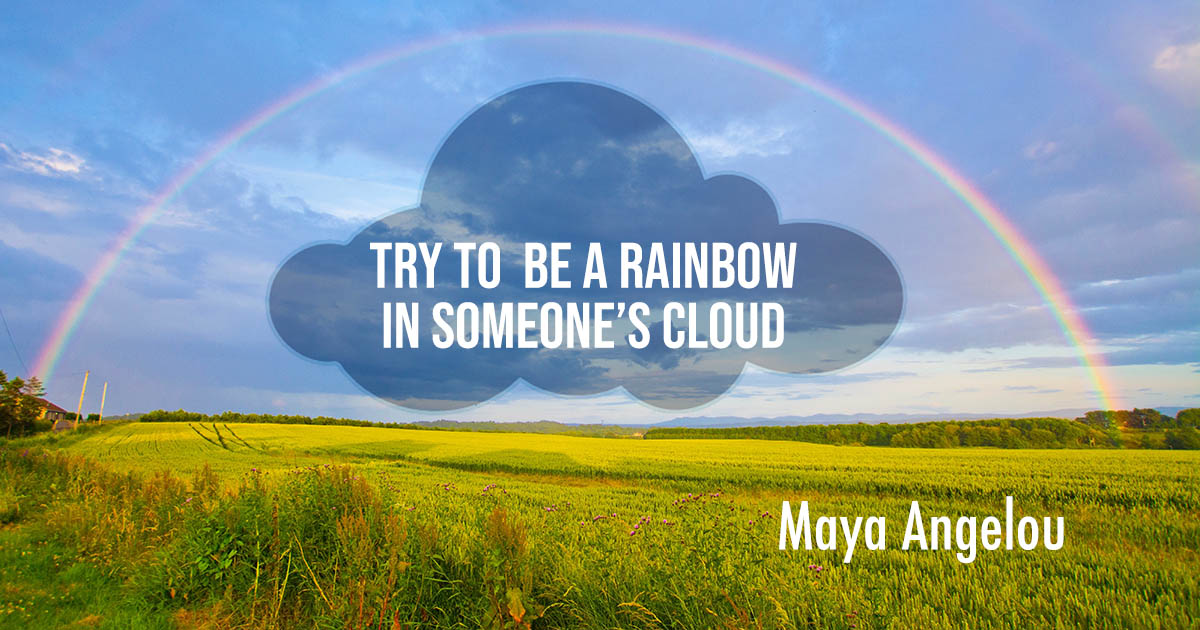

”I found after teaching one year that I had misunderstood my calling. I had thought that I was a writer who could teach. I found to my surprise that I was actually a teacher who could write.”
– Dr. Maya Angelou

Bio: Maya Angelou
Dancer, actor, singer, author, poet, screenwriter, producer, human rights activist, teacher.
Maya Angelou was born Marguerite Johnson in St. Louis, Missouri, on April 4, 1928.
She changed her name in 1952, to better match her calypso singing career. The name was a mixture of her brother’s nickname for her, and her first husband’s last name.
Maya Angelou died in 2014, aged 86.
"Still I Rise" lesson plan from "Learning Justice"
“This lesson focuses on questions of identity as students read and analyze Angelou’s inspirational poem “Still I Rise” and apply its message to their own lives. Students learn how Maya Angelou overcame hardship and discrimination to find her own voice and to influence others to believe in themselves and use their voices for positive change.”
“I am a human being. Nothing human can be alien to me.”
Maya Angelou explains her understanding of that quote, attributed to Terentius Afer:
”If you can internalize at least a portion of that, you will never be able to say of an act, of a criminal act, ‘Well I couldn’t do that.’ No matter how heinous the crime, if a human being did it you have to say ‘I have in me all the components that are in her, or in him; I intend to use my energies constructively, as opposed to destructively.’
If you can do that about the negative, just think what you can do about the positive! If a human being dreams a great dream, dares to love somebody, if a human being dares to be Martin Luther King, or Mahatma Gandhi, Mother Theresa or Malcolm X, if a human being dares to be bigger than the condition into which he or she was born, it means so can you.
And so, you can try to stretch. Stretch! Stretch yourself.
So you can internalize, “Homo sum, humani nihil a me alienum puto”:
”I am a human being, nothing human can be alien to me.”
MORE GREAT PEDAGOGICAL THINKERS
Axel Honneth
Through recognition, human beings develop self-confidence, self-respect, and self-esteem. The theory of recognition was developed by German philosopher and educator Axel Honneth.
Astrid Lindgren
Astrid Lindgren’s thoughts about children were provocative in the 1940s, and her approach to childhood as a phenomenon is progressive, even today.
Lev Vygotsky
Interaction with peers, imitation, collaborative learning and other social interaction is key to how the human mind develops, according to Russian psychologist Lev Vygotsky.
James P. Comer
“No significant learning can occur without a significant relationship.” Really? Does Dr. James Comer mean that students need to be close to their teacher to learn something?
Jean Lave
Jean Lave is a social anthropologist and learning theorist who believes that learning is a social process, as opposed to a cognitive one – challenging conventional learning theory.
Søren Kierkegaard
Making choices and taking action are at the very core of existentialism. By taking on these responsibilities, as human beings – we find the meaning of life.
Maria Montessori
Children prefer to work, not play. This is one of the main ideas of Maria Montessori, a trailblazers of early childhood education. “The child who concentrates is immensely happy” she noted.
Sofie ‘Rif’ Rifbjerg
Brought up in the countryside Sofie Rifbjerg knew intuitively that fresh air, free play & a deep respect for children’s own agency was paramount for their positive development.
Paulo Freire
Freire’s pedagogy was originally developed for the oppressed adult illiterates of Brazil, but it also inspired teachers and social educators all over the world. Liberation & solidarity are key.
